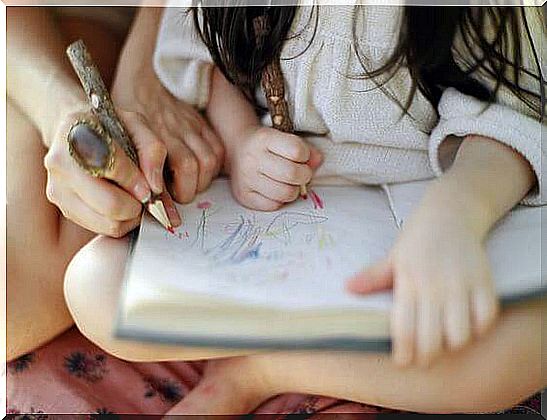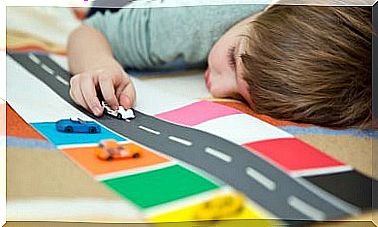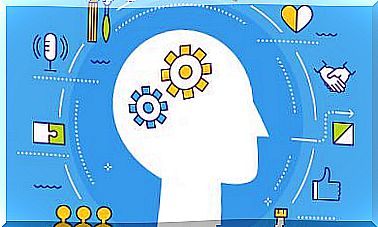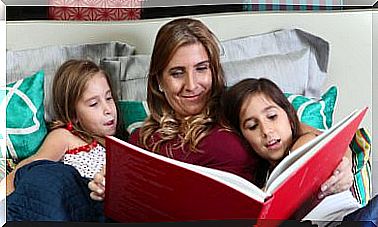11 Study Techniques For Children

Study techniques for children are specific and systematized activities that are usually internalized to acquire knowledge in a simpler way, which will undoubtedly help you with your academic results.
In addition to helping to improve academic results, applying good study techniques has advantages in your child’s learning process such as fostering motivation, favoring interest, facilitating cooperation, allowing greater autonomy and greater initiative and creativity.
The process of raising awareness about the needs of the child in the learning process gave rise to different study techniques to help them cope at this stage.
Fortunately, it is considered that knowledge must be transmitted in different ways and always taking into account the stage of development of each child, as well as their individual characteristics, ranging from personality to context, among others, in order to apply the study techniques that yield better results in that child’s teaching process.

Apply these 11 techniques to study
We are going to expose below 11 study techniques for children that parents or teachers can use in order to help the child to get the one that best suits his needs.
It is important to know that the study techniques can be used one after another as if it were an outline, or they can be taken individually:
- Reading: All text, in order to be assimilated, must be read previously, for which two types of reading are proposed: Exploratory or pre-reading reading. This first reading is a quick one. Brings the child closer to the text or narrative and the second is comprehensive reading. After the first reading, a comprehensive reading is made. It is advisable to stop at each paragraph and develop a short oral comprehension about what was read in the previous paragraph. In this way the understanding of the text will be internalized.
- Underline: Generally the underlining technique is learned step by step. Ideally, after completing the previous step of the reading, the main idea should be mentally identified and this question answered: what did the text tell us? Starting from this question, your child can underline what is most important in the text or paragraph, either for a better understanding or a later analysis
- Make notes: This step consists of carrying out an own development of the underlined. It is important and useful for your child to make a writing with their own words and not by copying literally what the text says. In this way, you will be able to realize how far the text was assimilated. On the other hand, it is important to respect particular terms that cannot be replaced, for example: If the text is about a historical event, it is not convenient to omit the dates in the summary.

- Make mind maps: Mind maps are particularly helpful for children with visual memory. However, even if your child does not have this type of memory, maps are usually very useful, since they associate, through communication networks, keywords through arrows.
- Study sheet: This method is used when the incorporation of dates or numbers is necessary. It is widely used in subjects such as history, chemistry, mathematics, geography, and languages.
- Test: The tests are used to confirm how much content your child has assimilated and when it is necessary to review a little more. These are similar to so-called multiple response tests where you need to choose the correct answer from 3 or more possible answers.
- Use mnemonic rules: Mnemonic rules are used by associating a term that is difficult to assimilate to another that is known to the child. In this way, a new idea is anchored to an existing one. It is also very useful to remember words or dates.
- Draw pictures: Many children use their drawing skills. This type of talent is particularly useful in subjects such as geography, art, or history. A drawing can help you to generate pictographic mental associations.
- Record the classes: For those children who usually acquire their knowledge through the auditory route, they usually record the classes and then play them back at home and re-record the same with their own voice. The force that this learning emits is very powerful and very useful, especially when the child recognizes his voice in the recording, since it generates an effect of incorporation of knowledge much more precise than listening to an alien voice.
And although this apparently is not a study technique, it is essential to have a clean and orderly space. On the other hand, it is important that you know that you can use each of these techniques as a scheme that goes from the first to the last, which helps to facilitate your child’s learning.
However, as was expressed at the beginning, there are techniques that turn out to be more used by some children than by others, since this depends on the child’s innate abilities, his personality, his developmental stage, the context and the subject to be addressed.
Cover image at mylittlewalnutphotography.com









